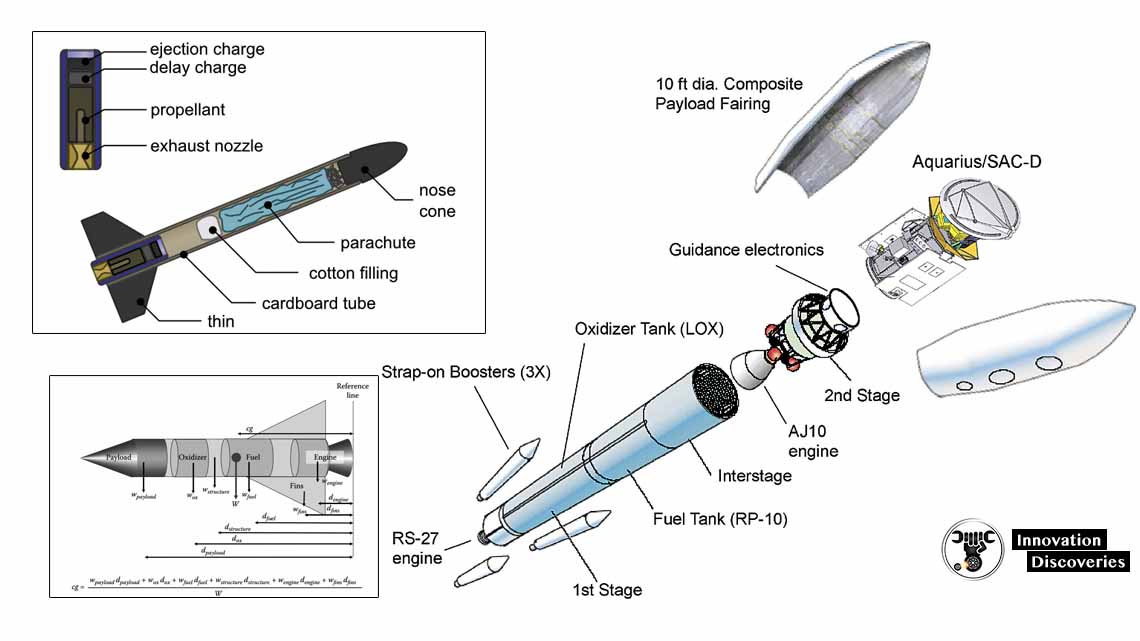
Missiles are autonomous, self-propelled weapons designed to accurately deliver explosive warheads over short to intercontinental distances. These high-precision systems embody the intersection of aerospace engineering, advanced computing, control theory, and materials science. This article dives into the intricate workings of a missile’s major subsystems: targeting, guidance, propulsion, control, and payload delivery. Each subsystem plays a vital role in ensuring a missile can be launched, directed, and detonated with devastating accuracy.
1. Target Acquisition and Engagement Planning
The first phase of a missile’s operation begins long before the launch itself — it starts with identifying and acquiring a target.
a. Sensor Suite Integration
Missile systems rely on a variety of sensors, each chosen based on mission requirements. These can include:
- Radar: Active or passive, for detecting aerial or maritime threats.
- Electro-Optical (EO) and Infrared (IR) sensors: For high-resolution target identification, especially effective against heat signatures or in low-light conditions.
- Laser Designators: Used for laser-guided munitions, where the target is “painted” by a beam.
b. Data Fusion and Fire Control
Once sensor data is acquired, it is processed using a Fire Control System (FCS) — a computational unit that analyzes targeting inputs, environmental data (e.g., wind speed, altitude, humidity), and threat movement. The FCS calculates:
- Launch angle and azimuth
- Optimal flight trajectory
- Time-to-impact estimates
These calculations allow real-time adjustments, especially in dynamic combat zones.
2. Guidance Systems: Navigating with Precision
Guidance is the brain of the missile — it ensures that the weapon can autonomously correct its flight path and remain locked onto its target.
a. Inertial Navigation System (INS)
- Uses internal accelerometers and gyroscopes to track motion.
- Provides self-contained guidance without relying on external signals.
- Prone to drift errors over long durations unless corrected by other systems.
b. Global Navigation Satellite Systems (GNSS)
- Incorporates data from systems like GPS (USA), GLONASS (Russia), or Galileo (EU).
- Highly accurate but susceptible to jamming, spoofing, or signal loss in GPS-denied environments.
c. Command Line-of-Sight (CLOS) and Beam Riding
- Real-time control from a ground station or aircraft.
- Requires a continuous line of communication.
- Often used in Short-Range Surface-to-Air Missiles (SAMs).
d. Homing Guidance Techniques
- Active Homing: Missile emits its own signals (e.g., radar) and processes target reflections.
- Semi-Active Homing: External radar illuminates the target; the missile follows the reflection.
- Passive Homing: Tracks emissions from the target, such as heat (IR-guided) or radio frequency (RF) waves.
e. Scene Matching and Terrain Mapping
- TERCOM (Terrain Contour Matching): Compares real-time altitude data to stored digital maps.
- DSMAC (Digital Scene Matching Area Correlation): Matches images of terrain or targets with onboard reference images.
These systems are used in cruise missiles for low-altitude, stealthy travel through complex landscapes.
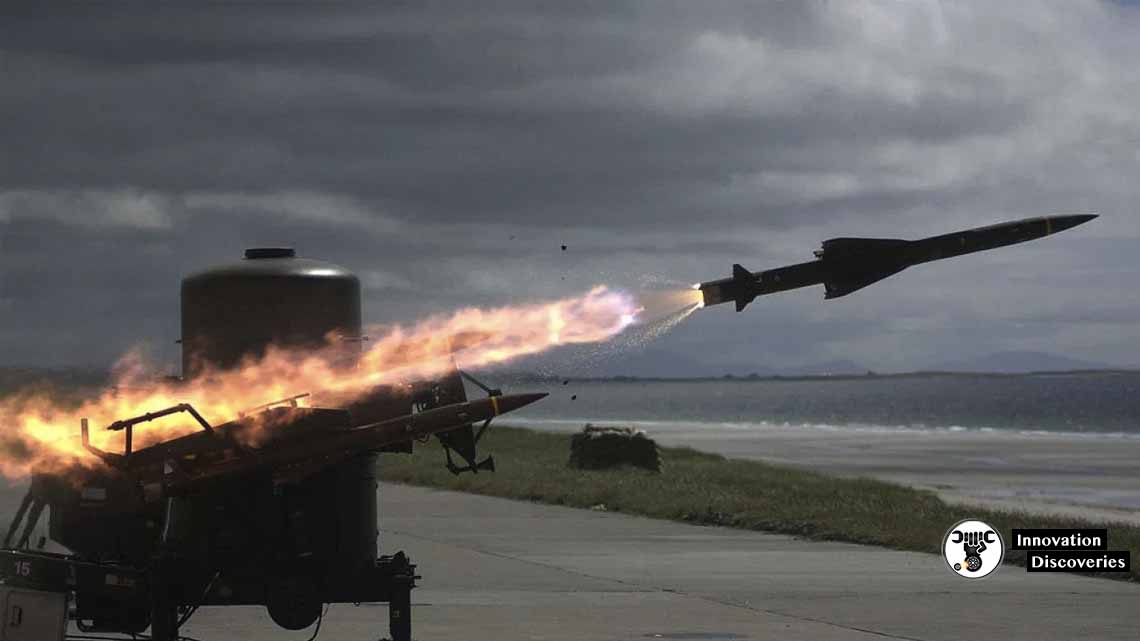
3. Propulsion Systems: Powering the Missile
Missile propulsion generates the necessary thrust to launch and sustain flight. Propulsion types vary by missile classification (ballistic, cruise, or hypersonic).
a. Solid-Fuel Rocket Motors
- Comprise a solid oxidizer and fuel mixture in a sealed casing.
- Easy to store, handle, and launch on short notice.
- Widely used in tactical battlefield missiles and anti-aircraft systems.
b. Liquid-Fuel Engines
- Use separate fuel and oxidizer tanks (e.g., UDMH and Nitrogen Tetroxide).
- High thrust and adjustable burn duration.
- Used in strategic missiles (e.g., Intercontinental Ballistic Missiles or ICBMs).
c. Air-Breathing Jet Engines
- Turbojet/Turbofan: Provide sustained propulsion by compressing and igniting air.
- Common in cruise missiles (e.g., Tomahawk).
d. Ramjets and Scramjets
- Ramjets: Rely on forward motion to compress air; efficient at supersonic speeds.
- Scramjets: Operate efficiently at hypersonic velocities (Mach 5+), allowing missiles to evade most modern defenses.
Missile diagram
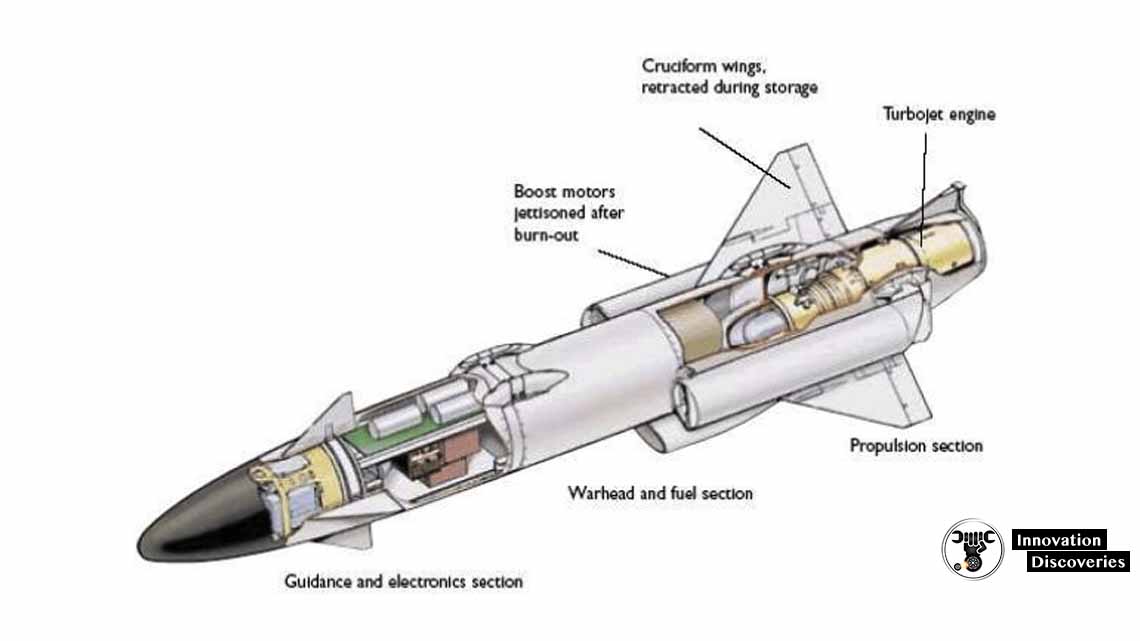
4. Flight Control and Stabilization
To maintain a controlled trajectory, missiles are equipped with mechanisms that stabilize and steer them through the air.
a. Aerodynamic Surfaces
- Fins and Canards: Control lift and allow pitch/yaw adjustments.
- Important for short-range and mid-course corrections.
b. Thrust Vector Control (TVC)
- Redirects engine exhaust to steer the missile.
- Crucial during early (boost) flight phase or for maneuverable re-entry vehicles (MaRVs).
c. Reaction Control Systems (RCS)
- Gas jets or nozzles used in space or near-vacuum conditions.
- Provide fine-tuned control where aerodynamic surfaces are ineffective.
5. Warhead and Detonation Systems
A missile is ultimately a delivery mechanism for a warhead. The nature of the warhead depends on its intended use.
a. Types of Warheads
- High Explosive (HE): Uses chemical energy to cause blast and fragmentation.
- Penetrator: Hardened casing designed to penetrate armor or bunkers before detonation.
- Thermobaric: Spreads aerosol fuel and ignites it for a prolonged pressure wave.
- Nuclear: Delivers massive destruction using fission or fusion reactions.
b. Fuzing Mechanisms
- Impact (Contact) Fuze: Detonates upon hitting the target.
- Proximity Fuze: Uses radar/IR to detonate when near the target.
- Timed or Altimeter-Based Fuze: Used for airburst or pre-defined detonation conditions.
6. Phases of Missile Flight
Missiles often follow a multi-phase flight path, particularly in the case of long-range systems:
- Boost Phase: Initial propulsion to leave the launcher and gain altitude.
- Midcourse Phase: Guided flight toward target area; navigation corrections made.
- Terminal Phase: Precision guidance and last-minute maneuvers for target impact; often when the warhead is armed.
Discover More:
Conclusion: Engineering Mastery in Modern Warfare
Modern missiles are marvels of engineering, integrating advanced materials, AI-driven targeting algorithms, and extreme-speed propulsion technologies. The seamless fusion of guidance accuracy, real-time control, aerodynamic maneuverability, and devastating payloads makes them one of the most formidable instruments in contemporary military arsenals. Whether launched from land, sea, air, or even outer space, each missile represents a perfect synergy of precision, power, and purpose.
Military Tech
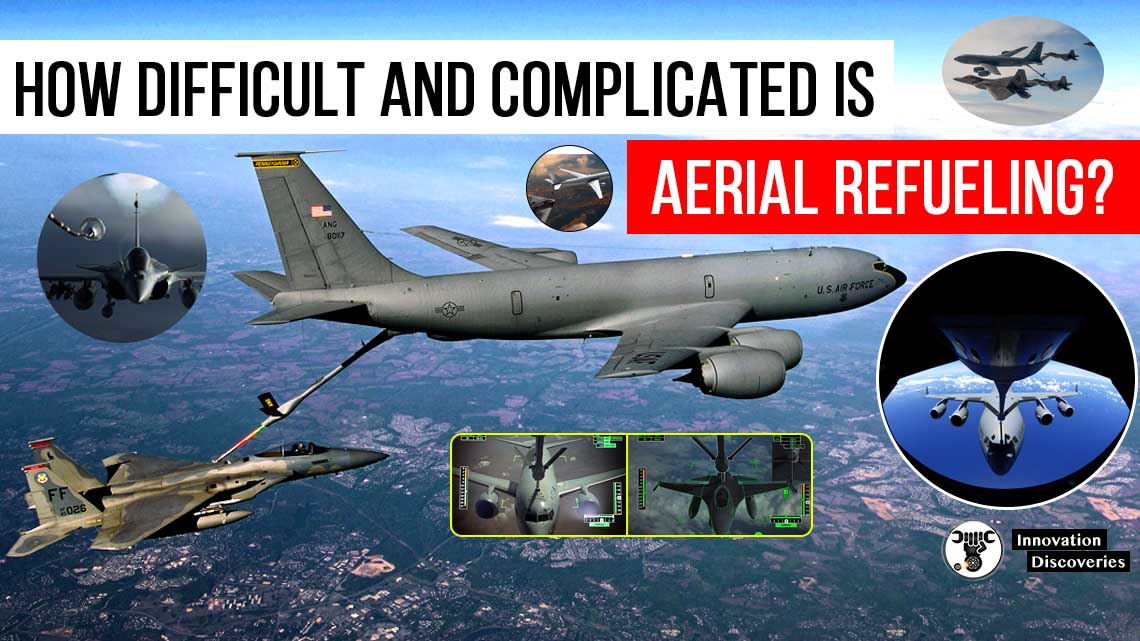
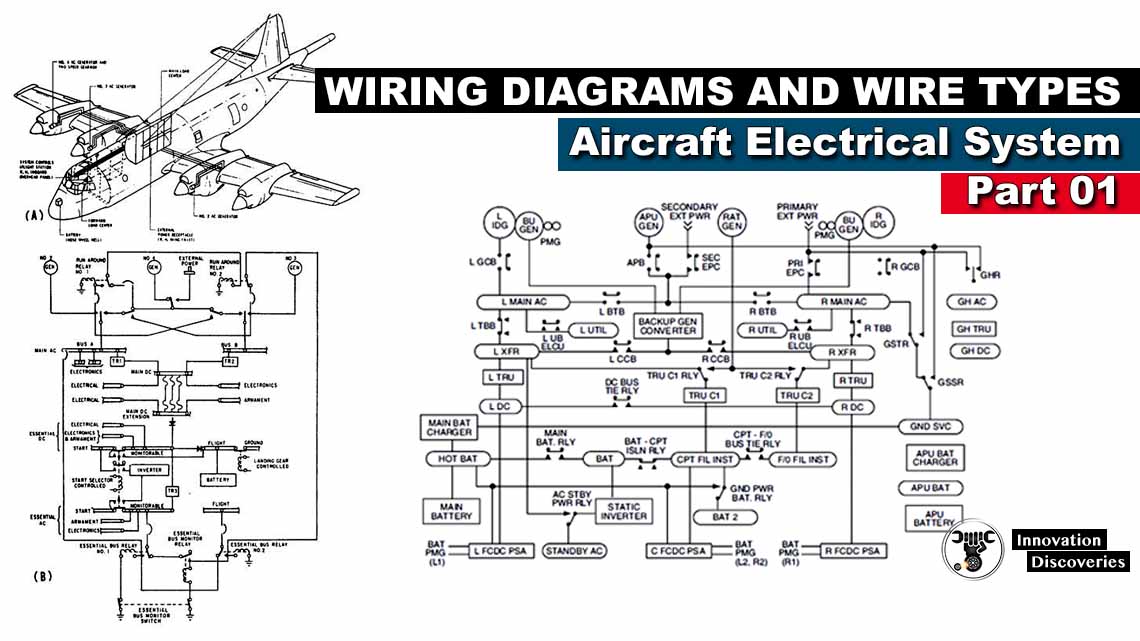
Read More:
How Do Airplanes Fly? Components
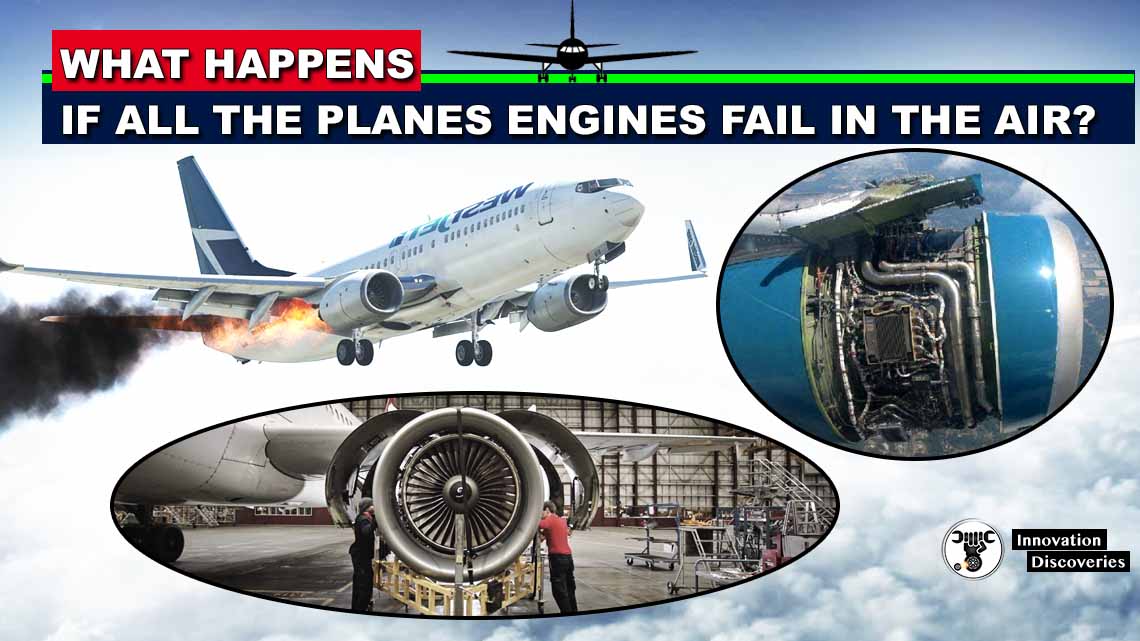
Visit Forum
Visit Our Friendly Website


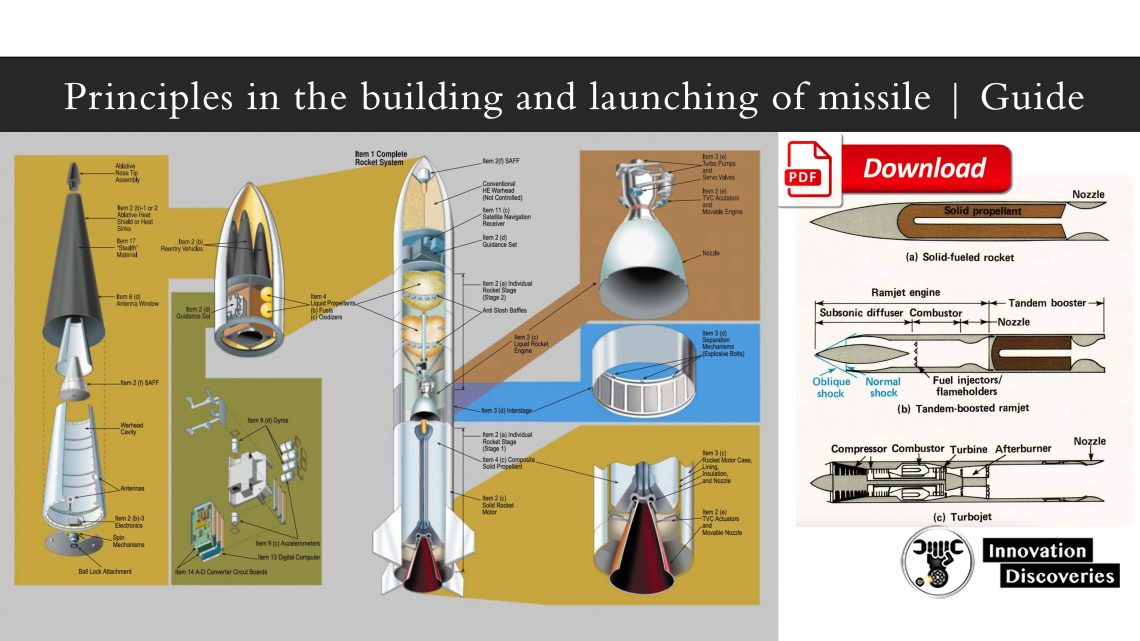
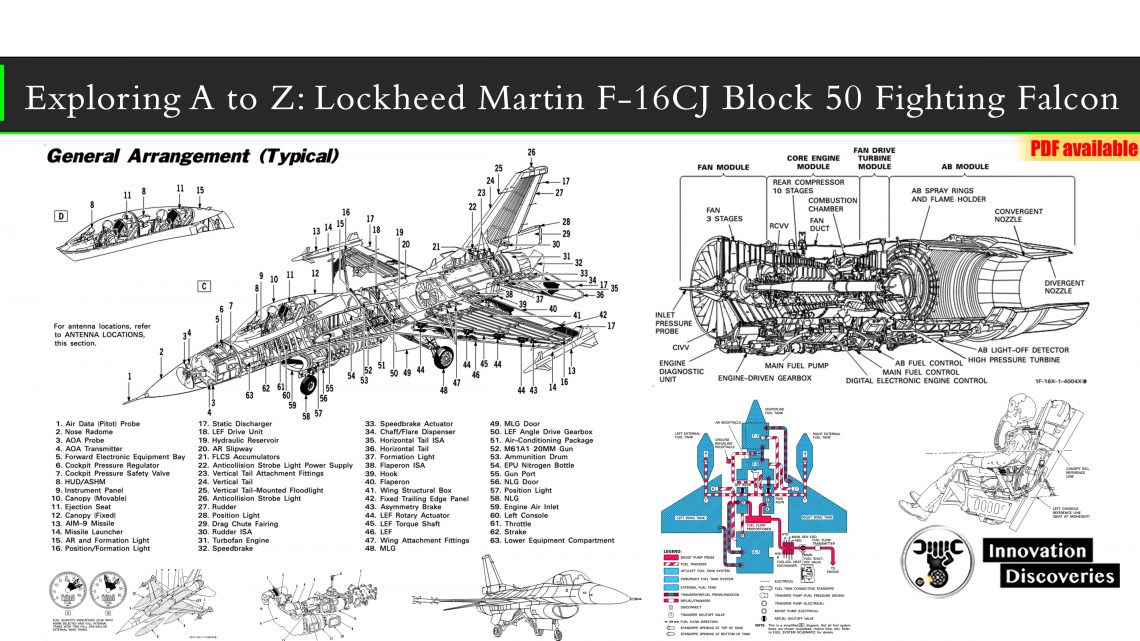
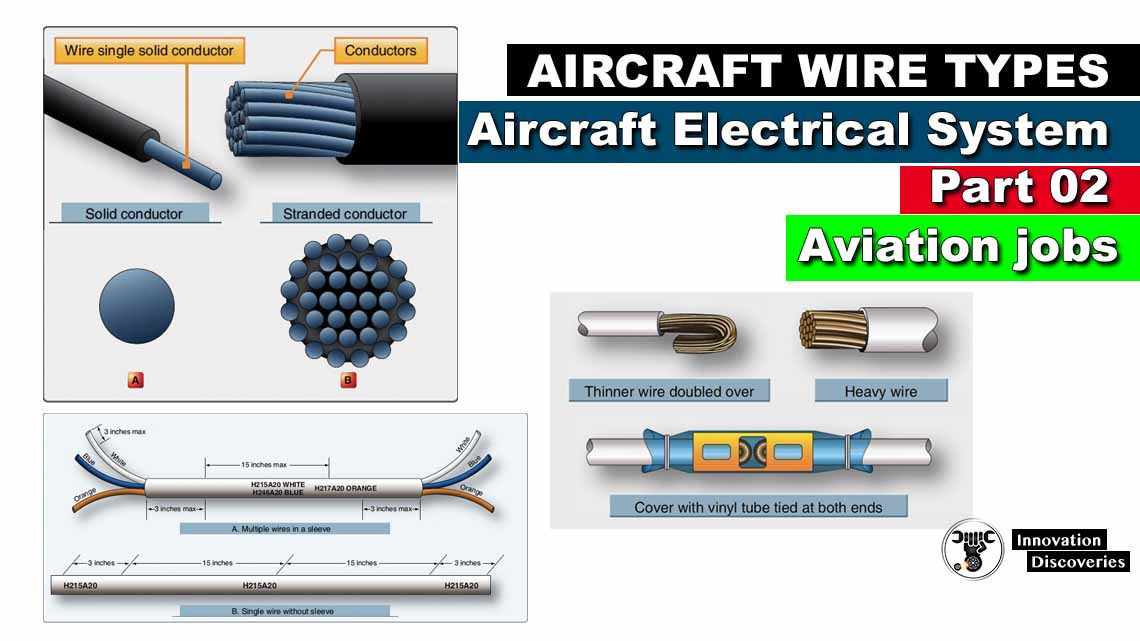
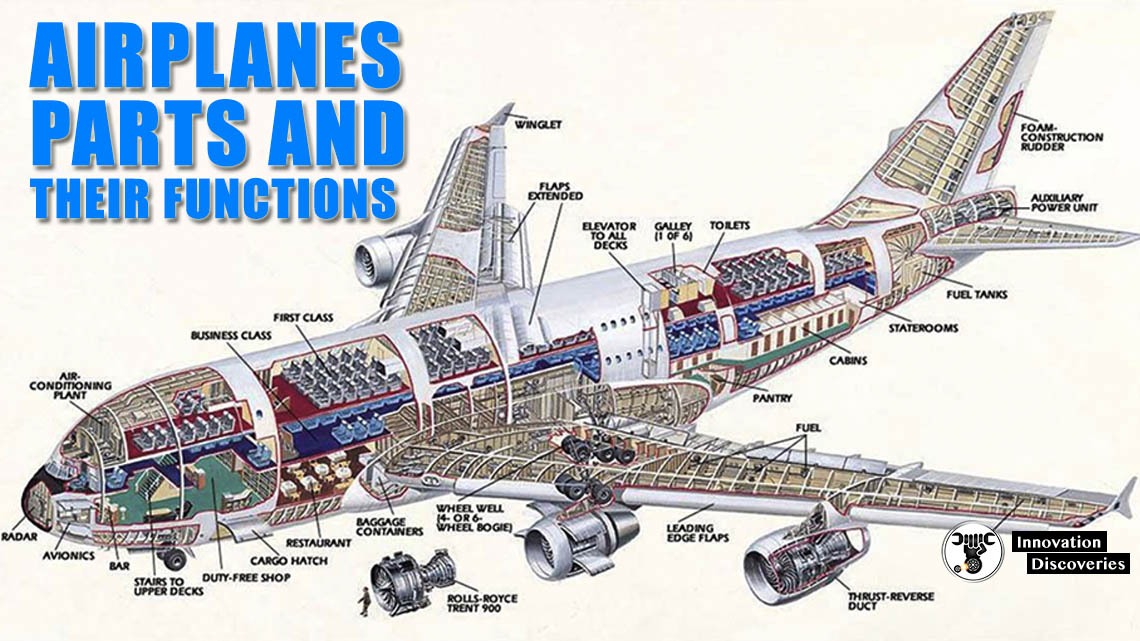
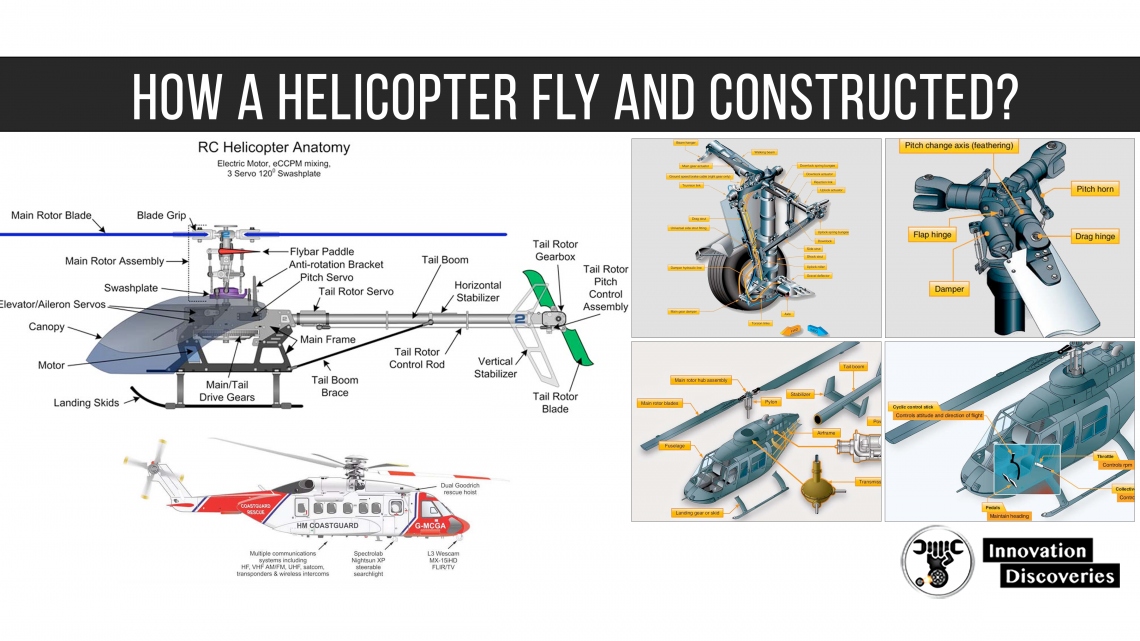
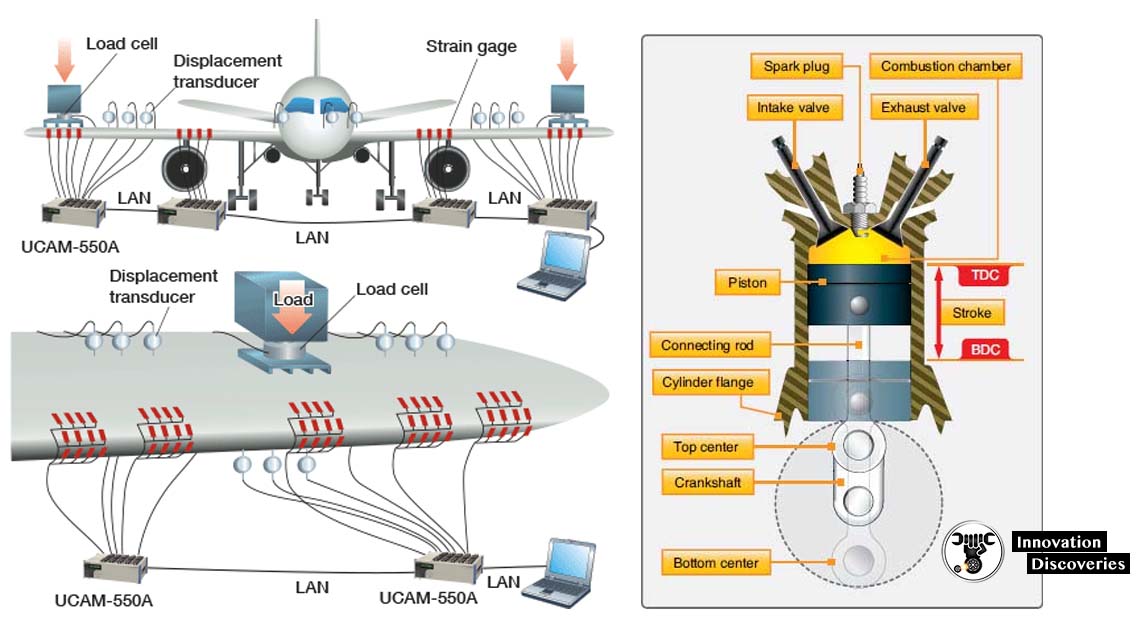
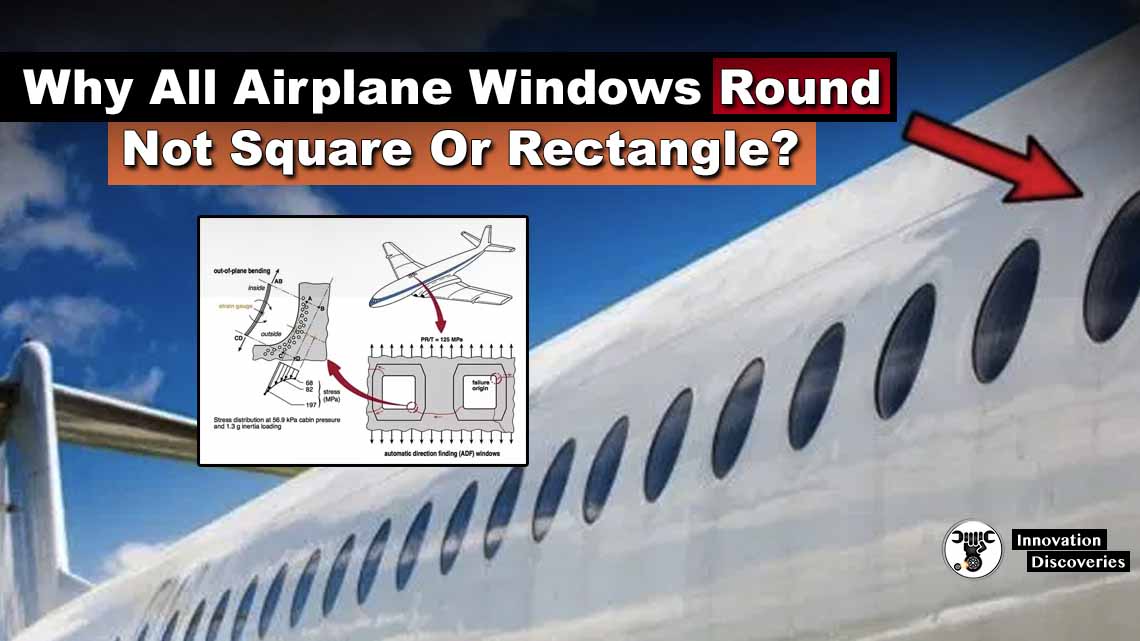
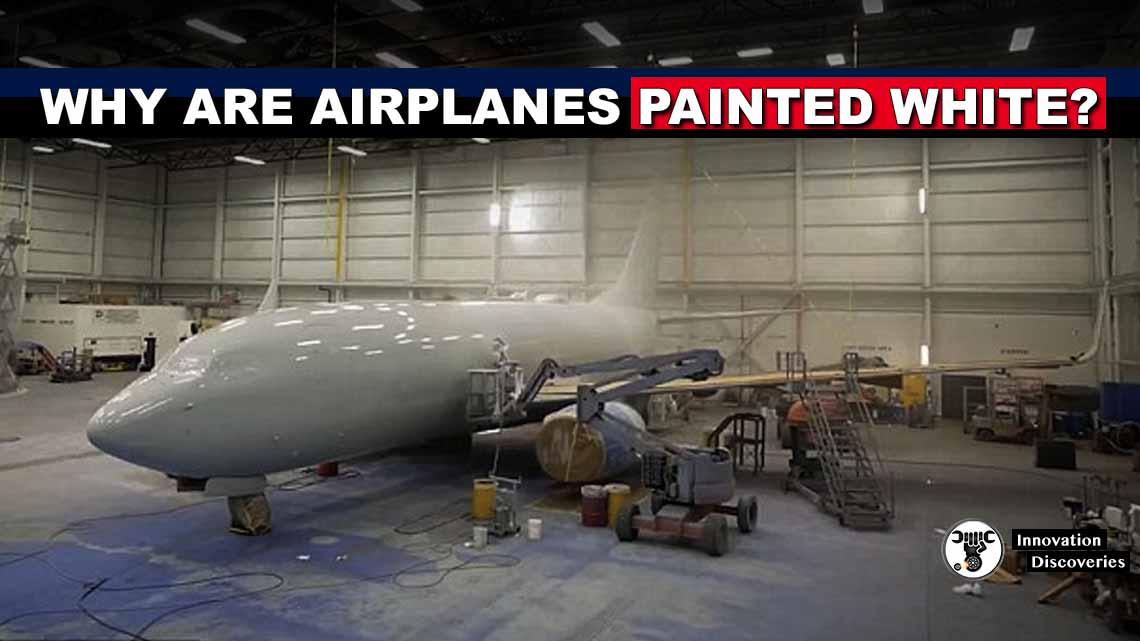
3 Comments